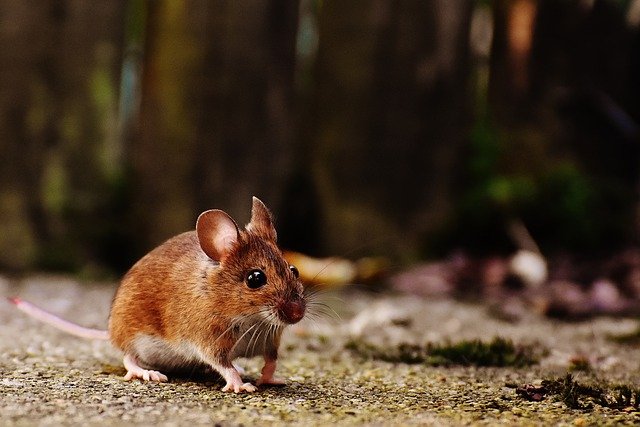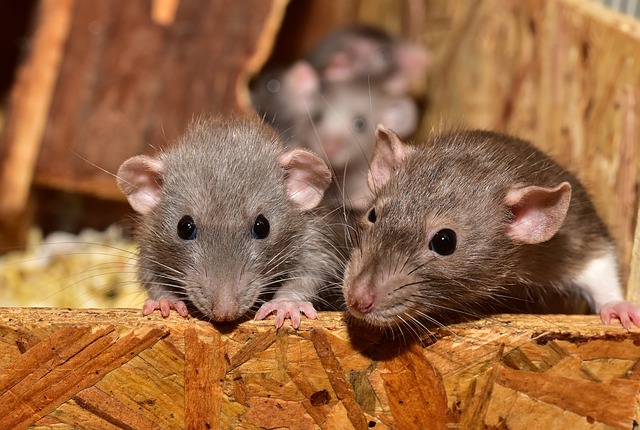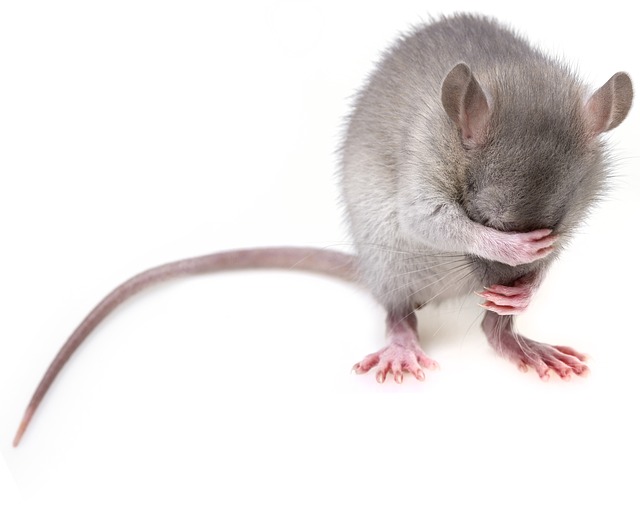What is the MICE QUOTIENT?
The MICE Quotient is based on the principal that writing is fractal. Once you understand it at one length you can apply it to other lengths. For instance, what works at the paragraph level can be shrunk down to the sentence level. It can also be expanded to a scene, a short story, a chapter, a book, a series.
MICE is a way to explain every kind of story, whether fiction or non-fiction, by breaking them down to four elements: Milieu, Inquiry, Character, Event. Every story has these mixed in different proportions.
By knowing how each element of MICE begins and ends, you then know what sort of conflicts go in the middle. You as a writer need to figure out what your character needs to do. This then allows you to SYTEMATICALLY stop them from reaching the goal. The moment that goal is reached, the story is over. You must be mean to your character.
You almost never see a single element story, with the exception of flash fiction. Most stories have multiple threads.
MILIEU
A milieu story begins when the character enters a place and ends when they leave the place.
EX: Gulliver's Travels, Around The World In 80 Days, etc.
All the stuff in the middle is about navigating that place. The writer then makes the character become confused, lost, stuck in traffic, the bridge is washed out, someone has blacked out all the road/street signs, troubles surviving in the place, etc.
INQUIRY
An inquiry story begins when a character has a question and ends when they answer it.
EX: Sherlock Holmes, murder mysteries, police procedural, etc.
As a writer, you must keep the character from finding the answer. They are lied to, they can't understand the answer, the answer leads to a dead end (red herring), etc.
CHARACTER
A character story is driven by angst. Basically, it begins when the character is unhappy/displeased with themselves and ends when they are happy/pleased with themselves. It is an identity shift, a shift in how the character self-defines and ends when the character's self-definition solidifies with a new understanding of self.
Or, you can do the reverse. Start happy and descend into unhappy/madness.
EX: Coming of age stories, romances, etc.
You, the writer, must stop them from changing. These are INTERIOR threats. Do not let them break out of their roles. Fill them with self-loathing, have the change backfire, etc.
EVENT
An event story is driven by action. The story begins when the status quo, or sense of normal, is disrupted and ends when there is a new status quo. 'Everyone dies' is, technically, a new status quo. These are all very much EXTERNAL threats.
EX: James Bond books, etc.
The writer stops them from gaining the new status quo with EXTERIOR threats. These are things like fight scenes, chase scenes, explosions, more disruptions to the status quo, etc.
Using The MICE Quotient
USE this to write a flash fiction story first as an exercise before going on to use it to outline, write a scene, a short story, a chapter, a book, etc.
Each step has a number of sentences needed. It is a BONUS if you can achieve the step in fewer sentences than asked for.
Once you have completed this, do it again for EACH MICE element you want in your story. Also, it is very easy to expand each step into a bigger project.
The first MICE element you start in your story is the last one you close as your story ends. The last MICE element you start in your story is the first you close.
Just like nesting dolls, where you open the first, revealing a second, and smaller, second doll. Open the second doll, to take out a third. To put them away, you put the third doll back into the second doll, close the second doll, then close the first doll.
Another way to look at it is as if it was HTML: <E> <C> <M> <I> </I> </M> </C> </E>
STEP ONE: OPENING
Meet the character and make promises. You have THREE sentences in which to answer these questions:
Who is your POV character (You can have the POV character and one other character) and what are they doing? (Show Action/Reflection and Attitude/Mood)
Where is your character? (The setting. Use sensory descriptions and remember there are FIVE senses: Sight, Sound, Touch, Smell, Taste.)
What is the genre? (Be specific and unique. For contemporary/urban types .. at least reveal the time era and/or loctation through description, if possible.)
STEP TWO: CONFLICT
Identify the problem.
You can imply that there have been previous attempts that failed, especially if this is a flash fiction piece.
You have TWO sentences to answer these questions:
What is your character trying to do and why?
What is stopping your character? What is the barrier?
STEP THREE PART ONE: THE MICE
Identify the MICE by what your character is trying to achieve.
Milieu: Do they want to go somewhere?
Inquiry: Do they have a question/problem that needs answers?
Character: Do they want a new self-image or new emotional state?
Event: Are they striving for a new status quo?
Once you have identified the MICE, go on to part two.
STEP THREE PART TWO: TRY/FAIL CYCLE
This is a Try/Fail Cycle. This is expressed with a "Yes, But" or a "No, And".
This is a YES, the character succeeds somewhat BUT there is a minor setback. Still, over all, the character has made some progress, just not enough.
Or, this is a NO, the character fails AND they are in an even worse position.
You have FIVE sentences to do this.
If you are not doing a flash fiction piece, this is where you can create more Try/Fail cycles, each one having up to five senteces.
STEP FOUR: RESOLUTION
This is a Try/Success Cycle. This is expressed with a "Yes, And" or "No, But".
This is YES, the character succeeds AND there is a bonus.
Or, NO, the character fails, BUT they are in a slightly better position.
There is only ONE resolution for each MICE element.
You have FIVE sentences to do this.
STEP FIVE: ENDING
Mirror the 3 sentences from Step One revealing a change in tone/mood.
Make is satisfying. You have THREE sentences to do this.
Miscellaneous Notes
The Formula Pt 1
This will provide a rough estimate of how long a story will be. It is NOT precise but it is very good at giving you an idea of what length you are probably going to end up with.
The Formula Pt2
The Length of a story is the number of characters in lots of 1 or 2 added to the number of scenes. You then multiply this by 750. Then you multiply all that by the number of MICE you have. Divide it all by 1.5.
The Formula Pt3
L=Length, C=Character( in lots of 1-2), S=scene, M=MICE.
L = ((# of C + # of S) x 750 x # of M)/ 1.5
The Novel
A novel is about giving the reader a sense of immersion.
Short Fiction
A short story is about delivering a specific emotional punch or experience to the reader.









Excellent work on both the explanations and the setup of the exercise. I really like how quantifiable each goal is (three sentences in this section, two in that section, etc.). Nice work!
Thanx!!
PANGORIO
andHYPNOSIUM